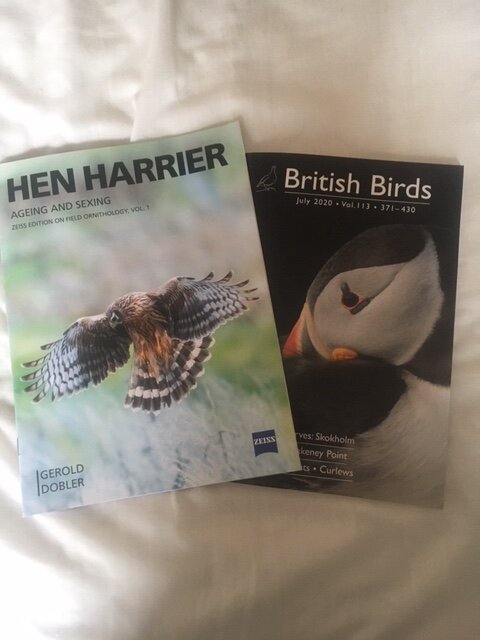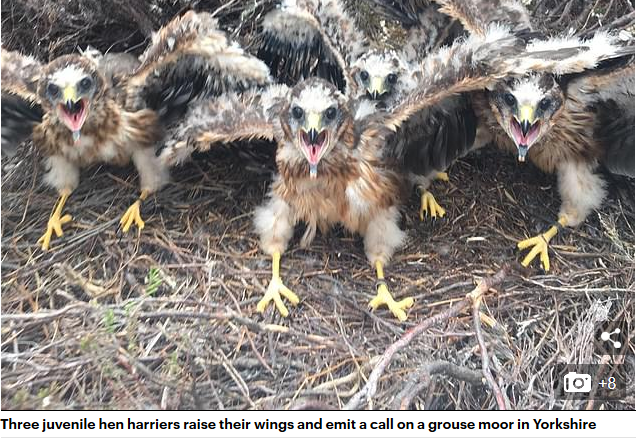We’re all ageing but in birders’ parlance this word often means working out the age of a bird (often from details of its plumage). And sexing means telling the sex of a bird likewise (whatever else you may have thought).

When British Birds arrived at my swanky house this week, as well as an excellent magazine a 28-page booklet on Ageing and Sexing Hen Harriers accompanied it thanks to Zeiss. This has already been sent to readers of Vogel magazine and now BB readers get it too.
When I was a lad it was difficult enough to tell a Montagu’s Harrier from a Hen Harrier except that the birds helped because in southern England you saw Hen Harriers in winter and Montagu’s Harriers in summer but there weren’t many Montagu’s Harriers so there wasn’t a lot of possibility of confusion (April and September were tricky months). And if you went to northern England, Wales or Scotland any harriers were likely to be Hen Harriers. Those rules of thumb won’t send you the wrong way very often but they are hardly examples of fieldcraft or identification skills.
And now we know that Northern Harriers visit the UK (from North America – once regarded as the same species but a male Hen Harrier is most definitely a ‘spankier‘ bird than a Northern) and Pallids are also much more likely to be seen in western Europe and are increasingly breeding out this way (if no Pallids have bred in the UK by the end of next year I win a bottle of wine, I recall, but they are coming).
Let’s imagine that we are all perfectly competent at telling Hen Harriers from other species of Harrier (though some who pontificate on the birds certainly aren’t, and it really isn’t always that easy). How about this ageing and sexing?
Adult female Hen Harriers are basically brown and adult males are basically grey, like these:

But they all start off as brown as even the Daily Mail could get right (even if it couldn’t count to four):

… and the males get to the spanky adult male plumage over 2-3 years. And that is what the 28-page booklet is about. How do you identify males and females of one, two and more years correctly. the beginning of p14 gives you the quick tips that will work most of the time (if you can see the bird well enough).
The best thing about it, of course, is that it is packed with images of Hen Harriers – 57 of them. That’s probably as many images of Hen Harrier as I have had sightings of the bird in the UK in the last 5 or more years. It’s a treat! Thank you BB for sending me such a treat. And it is accompanied by a BB eye by Gerold Dobler who compiled the booklet. That short article is quite interesting and has a good tale about confession and Waxwings.
Hen Harriers are beautiful birds but they are illegally killed on grouse moors in the UK by people who do not appreciate their beauty. Chris Packham talks to Kerry McCarthy MP about driven grouse moors (not just about Hen Harriers – click here). And check out the Hen Harrier Day website for an event online 5 weeks today, 8 August.
[registration_form]
When the larger envelope from BB dropped through the letterbox this week I got excited that it was the Birdfair programme. Sad!